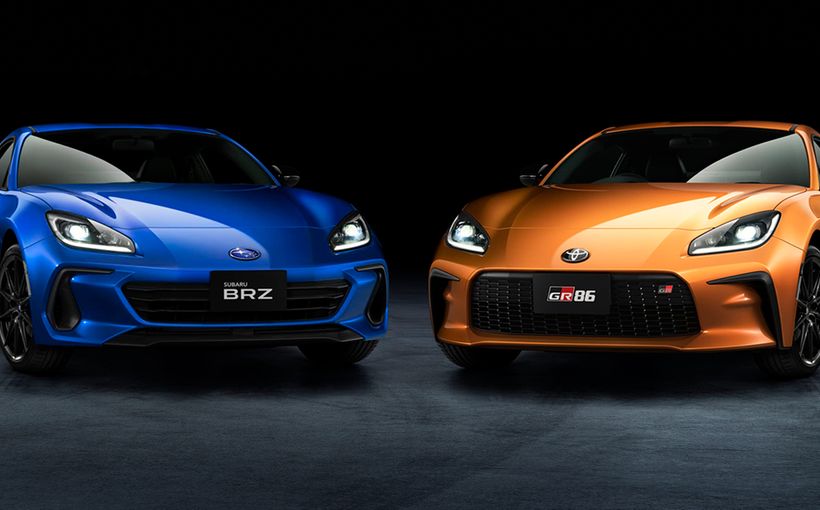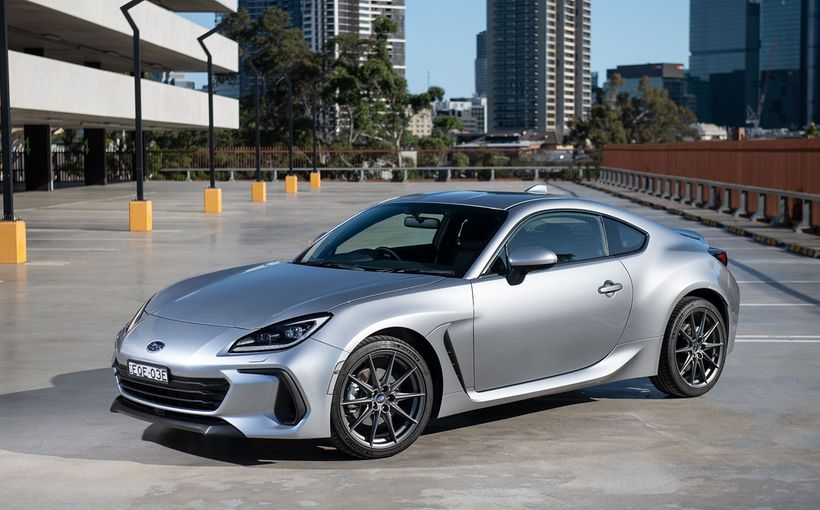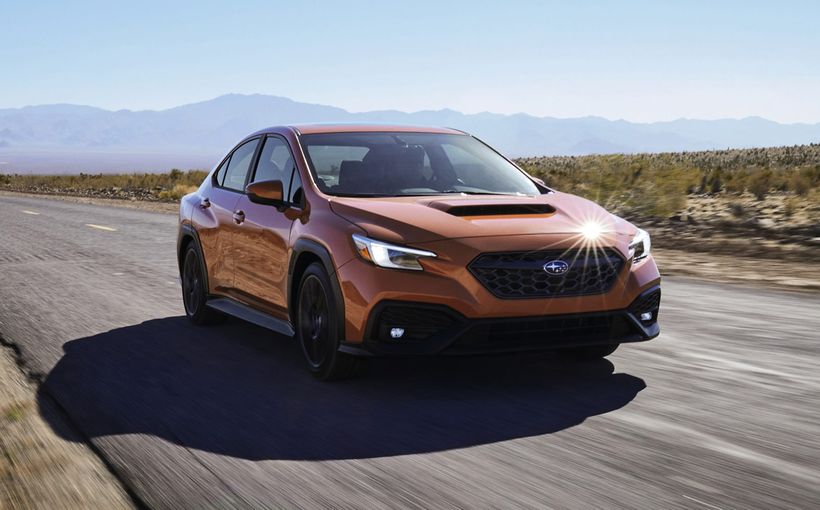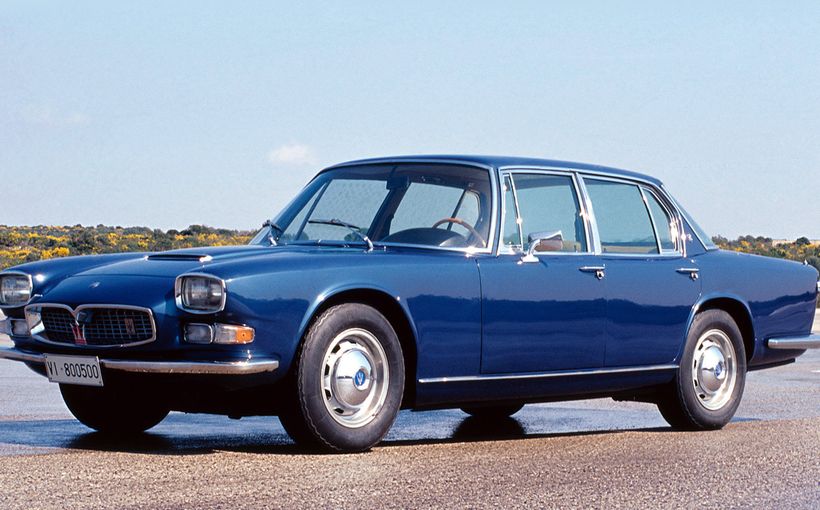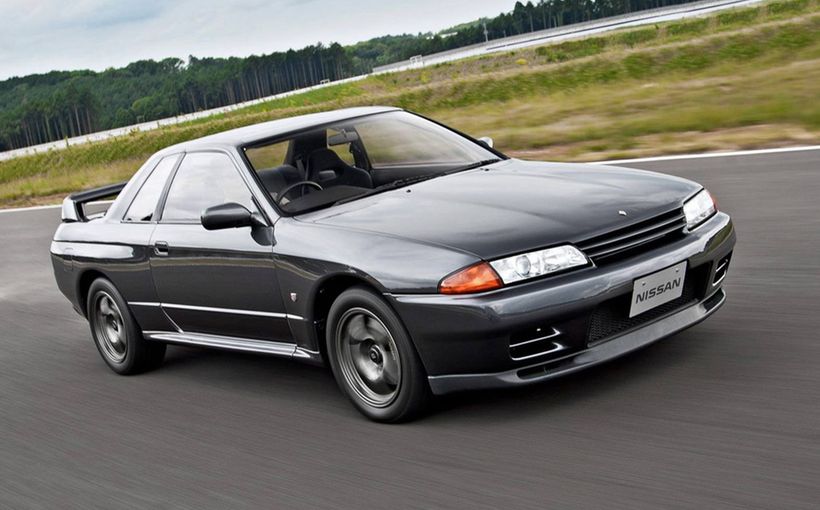Subaru Liberty RS Turbo: the breakthrough Subaru

Nothing prepared us for the Subaru Impreza WRX; not even the wonderful Liberty RS Turbo. Sold in other markets as the Legacy, the Liberty was first seen in Australia in 1989. It was the only vehicle at the time to be available with four-wheel-drive or front-wheel-drive, as well as sedan and wagon. (The decision to rename the model ‘Liberty’ for this market was in deference to Legacy Australia.)
To understand the Impreza WRX or even the Legacy/Liberty RS, it is important to know that the Legacy, which was Fuji Heavy Industries’ (FHI) first mainstream medium-sized car, was conceived from the beginning to enable Subaru to build a marketing platform based on success in motorsport.

The Liberty RS Turbo essentially set the template for future high performance Subarus and it even paved the way in the World Rally Championship for its lighter, nimbler WRX successor.
As early as 1984 the product development program envisaged a more powerful horizontally opposed engine in a larger and more broadly appealing car, whose main advantages over rivals would be all-wheel-drive and a very low centre of gravity. Subaru management talked about the ‘3S’s of Speed, Style and Space’. But at the heart of this program, of which the Legacy was the result, was motorsport.
Mr Yamada, who was then in charge of engine development, knew only too well that engineering an outstanding chassis was not enough. In a December 1999 interview, he said:
Power is vital in a good car. Power can compensate for deficiencies in chassis design but a brilliant chassis will not compensate for a bad engine.
President and Chairman of FHI wrote in the company’s 1989 annual report that the new Legacy ‘represents a new image for FHI, one which goes beyond specialised markets to appeal to a wide range of consumers’.
But while the decision to get involved in motorsport had been taken by 1984, the question of which branch had not been determined. There was even thought of entering Formula One, using an Italian-designed horizontally opposed 12-cylinder engine.
A breakthrough came when the recommendation to establish Subaru Tecnica International (STI) was approved by the FHI board on 2 April 1988. It was also agreed that the company had to make an intensified effort to develop a truly international market, focused on the US, Europe and even Australia.

It must also have seemed like a great idea to attack the FIA World 100,000km Speed Record using three Legacy Turbo sedans on a banked oval in Arizona. This would emphatically showcase the new 2.0-litre engine. The challenge was duly mounted in January 1989 and after 19 days and nights a new record of 223.345km/h was set. But there was an in-built problem. Such a record – impressive though it was – was temporally limiting: FHI couldn’t promote a one-off 1989 event over a stretch of years and, in many markets, the Legacy/Liberty RS Turbo was yet to be released.
The president of STI, Mr Kuze, soon determined that an entry in the World Rally Championship (WRC) was the way to go. Unlike Formula One, rallying was directly related to sales of production cars and it would give Subaru the opportunity to develop its road cars further.
It may have been a moot point that Formula One racing was still improving the breed heading into the 1990s, but there was no question that technical advancement achieved in rallying were immediately relevant to the public highway. Said Mr Kuze:
Subaru is a small independent niche player and we needed a unique competitive advantage. We had developed the road car layout in the Legacy, with the Boxer engine, a unique all-wheel-drive system and a stiff chassis. So we had to stake the future on the new model including the new engine plant, and launch into the World Rally Championship.
Entry in the WRC would cost less than a quarter of being in F1, giving maximum benefits for a small manufacturer. Looked at slightly differently, it’s probably fair to liken Subaru’s participation in the WRC with Porsche’s decision to build SUVs: in each case a small automotive manufacturer’s continuing independence depended on diversification; if Porsche wanted to keep developing the 911, it had to sell the Cayenne; if Subaru wanted to succeed with its more sophisticated new models, then it needed to create a Unique Selling Proposition. Later, that halo brand STI would be at the heart of creating one of the Japanese industry’s most formidable brand images.

The Subaru Liberty RS, which arrived in Australia in late 1991, brought out the great potential already evident in the naturally aspirated models. Speaking personally, I was already a considerable fan of the standard car, which I drove soon after its local release in 1990.
This new Liberty with its 2.2-litre horizontally opposed engine was way more refined than any previous Subaru and exuded a very high degree of quality. To my eyes, it looked like a scaled-down Honda Legend, but better resolved with its pillarless freshness. Yes, the Liberty felt more mainstream and less weird than the smaller and mostly rather gawky models that preceded it, but there was still a distinctive character, at the heart of which was that joyous rumbling guttural exhaust note. Naturally aspirated, the new boxer was only averagely powerful for the class. Nevertheless, there was a lightness and balance to the driving experience which put the Liberty ahead of the outstanding Magna. It was clear that Subaru’s brand values had been taken to the next level.

Essentially, the Liberty RS Turbo presaged the WRX. Its EJ20T quad-cam 16-valve intercooled flat four was 10 per cent smaller than the standard car’s. The compression ratio was 8.0:1 and maximum power was 147kW at 6000rpm. Impressively, it made 260Nm of torque at 3600rpm, but comparatively little at engine speeds below 3000. The only transmission was the five-speed manual. Kerb weight was 1355kg.
The new Liberty RS was not the only all-wheel drive road car with rallying on its agenda available here in the early 1990s. Its closest rival was the Mitsubishi Galant VR-4. Then there was the Celica GT-4 coupe, which was somewhat dearer. In a Wheels comparison between these three cars, the Subey was the winner, despite being the only one of the trio without anti-lock brakes (which soon became optional equipment for $2000, and were often specified along with a sunroof).

As I wrote in the opening clause of this piece, the WRX rewrote expectations. That car was introduced in 1992 but didn’t make its way here until very late the following year. So, in the 1991-1993 time frame the Liberty RS’s standing 400-metre time of 15.1 seconds was little short of astonishing for a four-cylinder sedan. The VR4 was just a tenth behind, while the Celica took all of 16 seconds.
The zero to 100km/h times are even more revealing: RS 7.0, VR4 7.6, GT-4 8.9. Seven seconds flat may not look so brilliant against the WRX’s 6.3 but was really something in the day, while even in 1991 8.9 was far from astonishing (and slower than a manual 4.0-litre Falcon sixpack).
Interestingly, the Subaru was also the cheapest, at $36,990, undercutting the Mitsubishi by $2000 and the Toyota by $8470.
So, the RS set the template for Subaru’s future turbocharged models by being the quickest and the best value in its class.

There was more to come in the singular guise of the Liberty RS Turbo wagon the following year. Cleverly, this extraordinary machine, which weighed just 55kg more than the sedan, was revealed to the press through a weekend holiday in the snowfields. A pristine wagon was delivered to the homes of motoring journalists and we all made our separate ways to (I think) Mount Perisher and then home again.
In the early 1990s, it was generally assumed that a turbocharged car would experience lag and the Liberty RS was true to this expectation. There was a distinct lack of eager throttle response at low to middling revs. But given its head this was a wagon like no other on the market, a true and very well-conceived niche vehicle.

Subaru’s brilliant asymmetrical all-wheel drive system, in combination with the much lower centre of gravity afforded by a horizontally opposed engine, helped make the Liberty RS wagon feel every bit as wieldy as the sedan. It was difficult to imagine a better vehicle for a family trip to the snow unless one aspired all the way to a Range Rover.

The arrival of the WRX for model year 1994 almost immediately rendered the Liberty RS redundant. But the WRX and the RS in sedan and wagon guise all appear in the Price Watch section of the May 1994 edition of Wheels. Interestingly, despite its greater size and longer list of standard fare, the Liberty commanded only a modest premium. The newcomer was listed at $39,990 with the RS sedan at $42,280 and the wagon looking like the best value of the three at $43,690.

In summary, because the Liberty RS Turbo was the first Subaru to combine the company’s unique asymmetrical all-wheel drive system with a turbocharged boxer engine and rigid construction, it must be judged immensely important in the marque’s heritage. It represented a great start, on which the Impreza WRX could build and the STi variants could take to the max. And, if you’re looking for a rapid sedan (or wagon) to slip beneath the radar, the Liberty RS represents a better – and cheaper – bet than a WRX (in which there is nowhere to hide!).





